How to create a private outdoor sanctuary for summer
Written by
15 November 2022
•
4 min read

Summer in Australia conjures up images of surf, sand and fun in the sun, but many people forget how unpleasant large crowds on the beach or at the pool can be when the mercury is pushing towards 40 degrees. Lounging by a private pool or enjoying a balmy breeze in a secluded garden is the true height of luxury, and you can create your own slice of paradise right in your own backyard. Fran Hale, landscape designer and founder of Peachy Green, and Henry Chapple-Cox, design manager at Secret Gardens, have some excellent advice on building an idyllic outdoor sanctuary for summer.
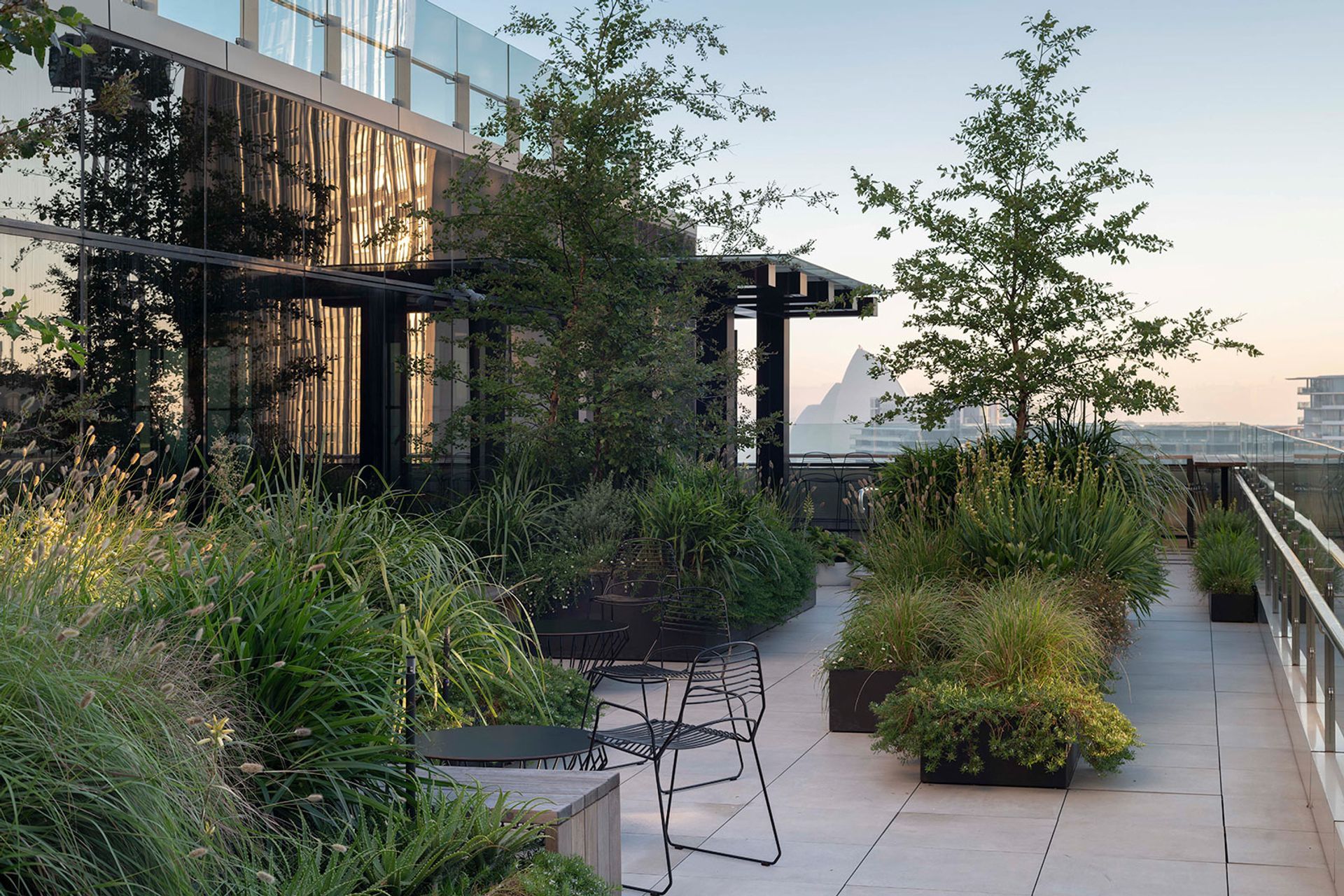
Create privacy screening with plants
While evergreen trees that respond well to formative pruning and remain compact when clipped are great for privacy screening, Fran says it’s important to choose a plant that doesn’t grow too fast or too big, as these species will require more maintenance. “Some great privacy screen species are Waterhousea floribunda, Laurus nobilis ‘Miles Choice’, Prunus lusitanica, Viburnum odoratissimum, Elaeocarpus reticulatus, and Tristaniopsis laurina ‘Luscious’,” says Fran.
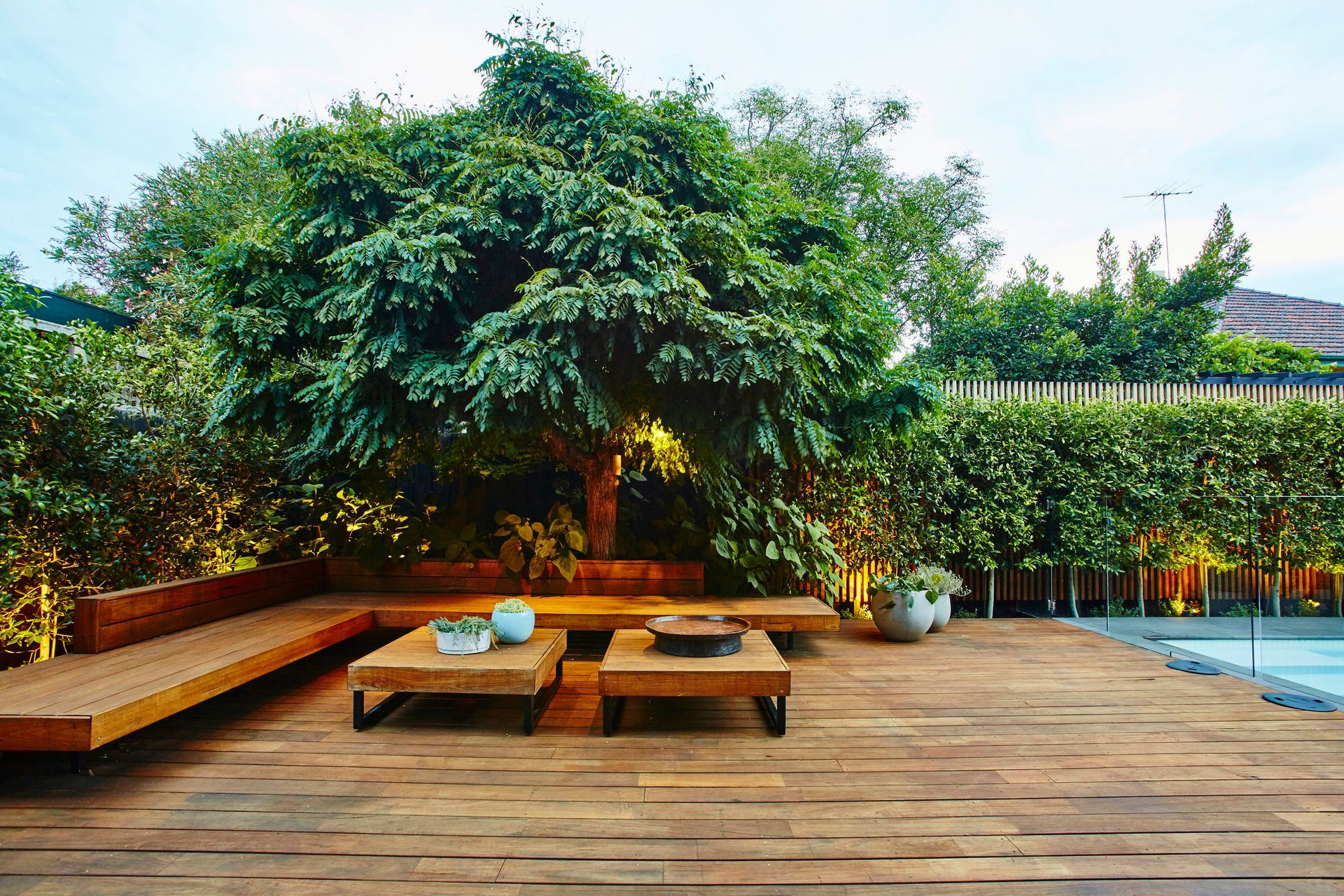
Use pergolas for shade and shelter
Pergolas with wires and deciduous climbing plants will establish a lovely shaded spot in any garden, without compromising light in winter, says Fran. “Climbers like Vitis coignetiae, Parthenocissus quinquefolia or Wisteria sinensis work well,” says Fran. “For a little extra shelter we like a retractable ‘wave shade’ style awning.”
Henry agrees, adding that a pergola can be made from steel or timber, with various options for the roof. “I prefer fixed aluminium louvres that are waterproof or something more open like stainless steel wires to grow a climber,” says Henry. “But if that isn’t an option, awnings or a simple umbrella are also great shade solutions.”
Read now: 5 innovative landscaping studios with elevated outdoor designs
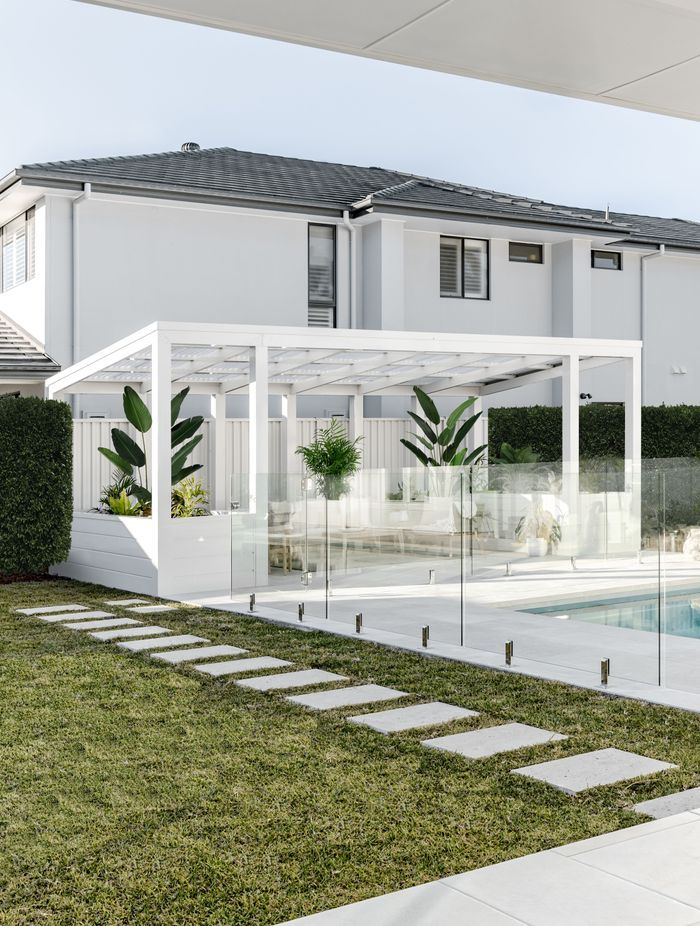
Draw people into the garden with a destination point
Henry recommends building a destination point into your garden that gives people a reason to engage with the space. “You want a feature that draws you out and holds you there, whether that be a timber bench seat underneath a large tree surrounded by seasonal and whimsical plantings, or a firepit with a view and some comfy cushions on the grass,” says Henry, and Fran agrees.
“The warmth and ambiance of an outdoor fireplace or firepit, along with subtle garden lighting, draws people outside and extends the use of the garden year-round,” says Fran. “I also recommend natural materials of stone and timber and built-in or good quality outdoor furniture that allows gathering and relaxation.”

Choose a hardwearing flooring option
Decking should be constructed from Australian hardwoods such as spotted gum, blackbutt and silver top ash, suggests Fran. “Australian Bluestone, Porphyry crazy paving, travertine, granites and limestones are also great for paved outdoor areas.”
Henry adds, “Decomposed granite is a great earthy material and is particularly good deep in the garden around fire pits or raised vegetable planters.”
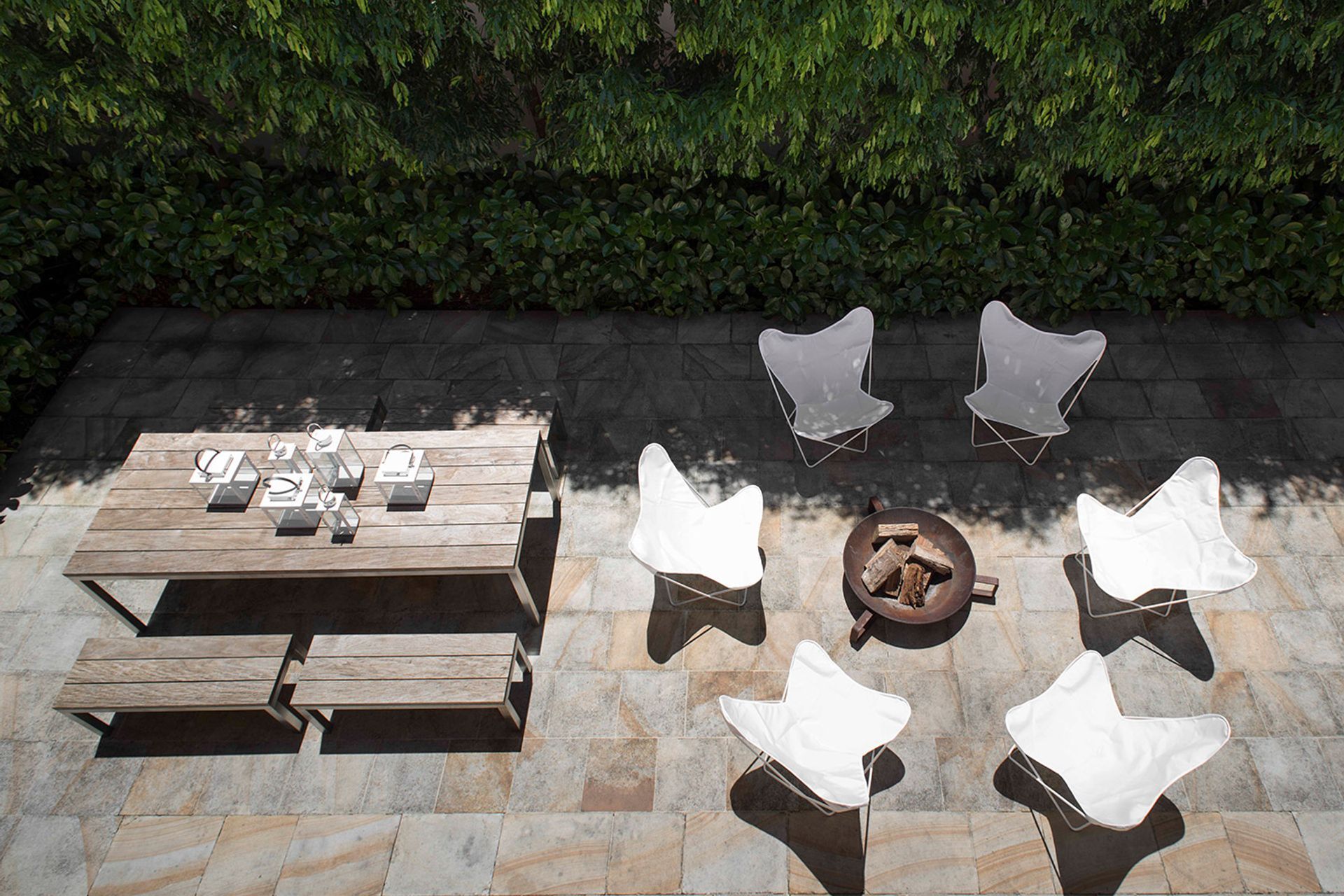
Add a statement feature
“We love a simple and gentle bubbling water feature for the sound it brings into the garden,” says Fran. Henry suggests a bold, attractive feature tree or plant as it can tie a garden together. “I like a Dracaena cochinchinensis (multi-headed dragon tree) or a large agave salmiana,” says Henry.
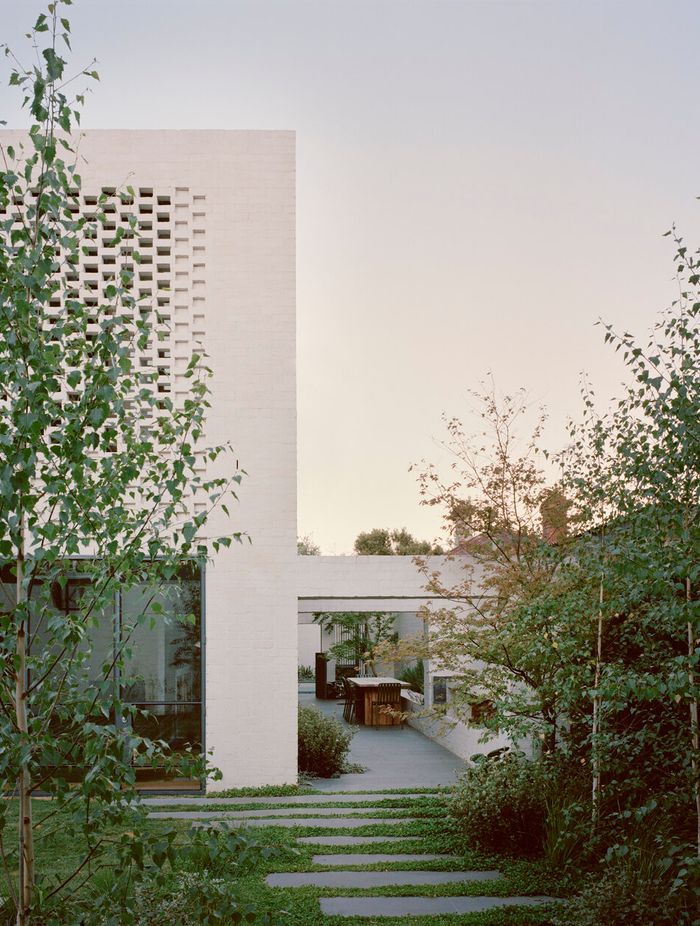
Add plants with aromatic qualities
Henry says that jasmine is a sweetly scented flower that can provide you with a positive mental boost. “Madagascan jasmine is one that I personally like. It doesn’t have as many flowers as the more common star jasmine, however when you do pick up the scent, it's very rewarding,” says Henry. “Just be careful if you suffer from hayfever or allergies, as what may be pleasant for some can prove a significant pain and cause for concern for others.”
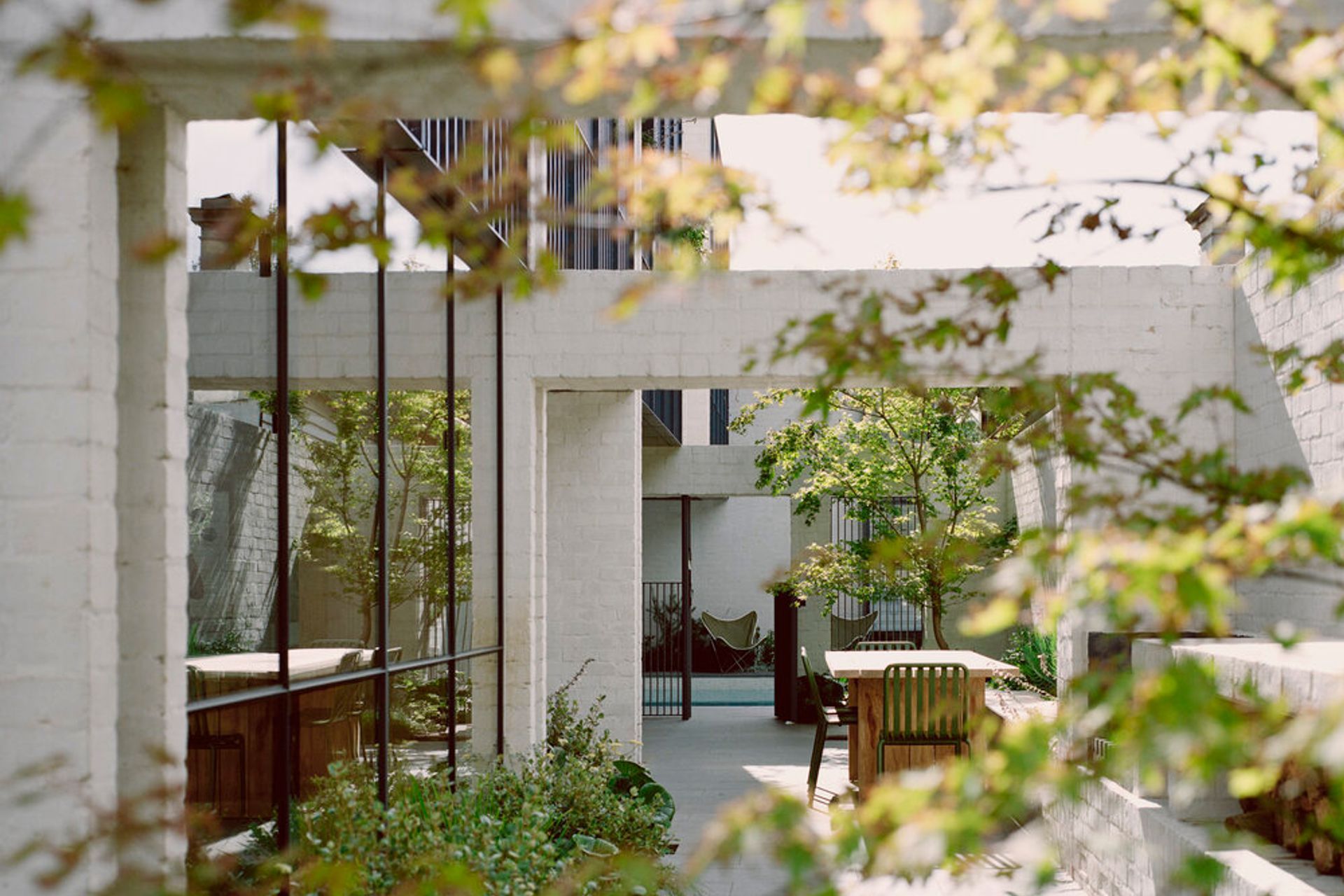
Choose soft foliage for pool areas
Grasses and tropical leafy plants work well around pools, says Henry, but careful consideration should be given to leaf litter as you don’t want a plant that will constantly drop leaves into your pool. “You often don’t have many clothes on around the pool, so you don't want to brush up against spiky or hard woody plants,” says Henry. “Also, often plants around the pool need to be non-climbable to meet Australian pool fence codes.”
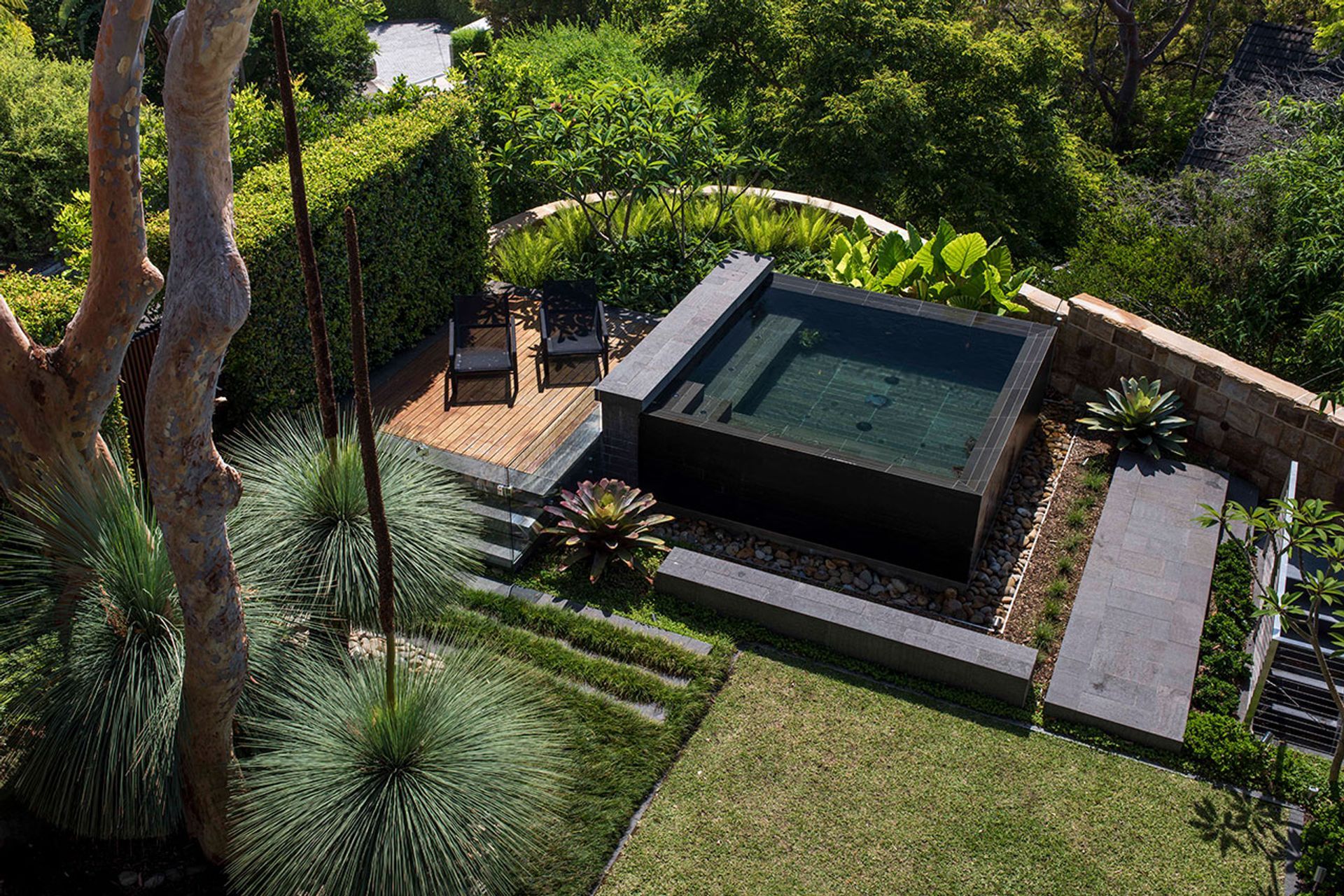
Discover Australia’s best landscape designers on ArchiPro.